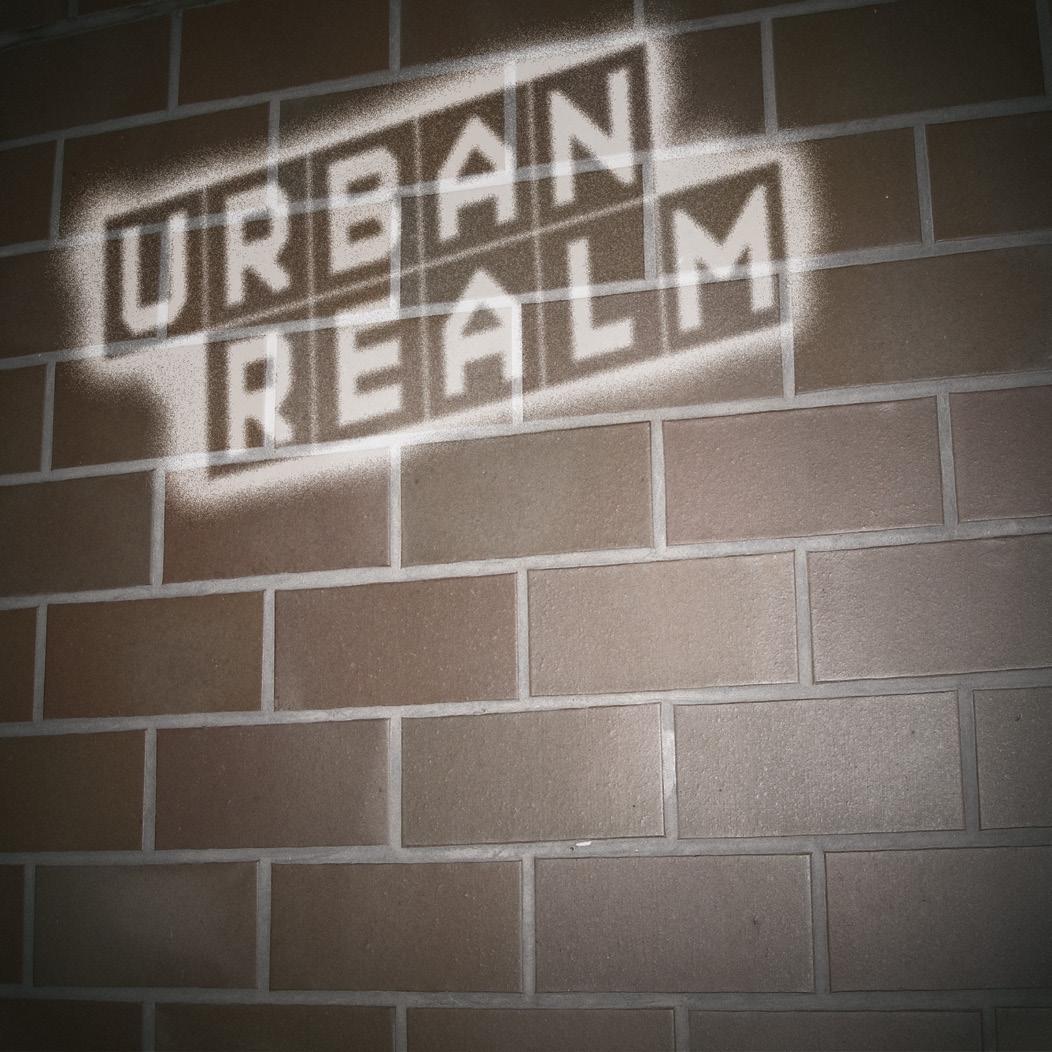18
ABERDEEN TOWER BLOCKS MARK CHALMERS
MU L T I
STORY
ABERDEEN’S TOWER BLOCKS HAVE LONG RISEN ABOVE THE COMPETITION BUT DO THEIR RECENT LISTING BY HISTORIC ENVIRONMENT SCOTLAND SPELL SUCCESS OR TROUBLE? MARK CHALMERS INVESTIGATES A LOOMING CONFLICT BETWEEN THE HERITAGE BODY AND THE CITY COUNCIL.
Today Aberdeen has a housing crisis – but not the type of housing crisis you’d expect. Rather than a shortage of affordable homes, Radio Scotland reported in July that the city has the highest proportion of unoccupied houses in the UK. In this case, there are at least 3000 unaffordable homes in Aberdeen … but the issue making the Press & Journal’s front page is the fate of the city’s tower blocks. Scottish councils don’t build high rises nowadays. The era of tower building demonstrated public patronage on a glorious scale, but in recent years high rise social housing has become a Rorschach Test for politicians, sociologists and journalists. People see what they want to see when they look at a tower block, and that’s usually something negative. The first high-rise tower in the UK was Frederick Gibberd’s The Lawn, a nine-storey butterfly-plan block built in Harlow in 1951. It was followed a few years later by the Alton Estate at Roehampton, which became a benchmark for multi-storey concrete housing blocks. These were the forerunners of the Age of the Tower Block. The architectural experimentation of the early towers was lost once two competing techniques for tower block construction became predominant. Non-Traditional construction covered a range of methods, the most successful of which was the Wimpey “No Fines” in-situ concrete URBAN REALM AUTUMN 2021 URBANREALM.COM
technique. Its rival was industrialised or system building, which became popular in the mid-1960’s, with Bison, Skarne, Jesperson and Anglian developing large panel precast concrete systems. Yet tower block fervour was in danger of outstripping safety legislation. In 1962 the Scottish architect George Fairweather chaired the government committee which drew up a new fire safety code. Whilst in the throes of drafting it, he took a group of students to see system-built flats being erected in Greenwich. It became apparent that when concrete panels didn’t fit, a labourer attacked them with a sledgehammer until they did. “Mark my words,” said George, “One day one of these bloody things will fall down just like the Tay Bridge.” His words turned out to be prophetic. In 1968 a gas cooker blew up in a flat at Ronan Point, a system-built block in West Ham. Rather than wrecking the interior of just one flat, the explosion brought down an entire side of the tower block. It collapsed like a house of cards. Fairweather later said, “One day the truth will come out about that building. Either Ronan Point will have to be taken down, or it will fall down of its own accord.” After that, local authorities fell out of love with tower block, and half a century later, the tragedy at Grenfell Tower initiated another period of soul searching. You’d be forgiven for thinking that high rise housing was doomed in 1968, and doubly so after > 2017. The rational conclusion is that tower blocks are a flawed





